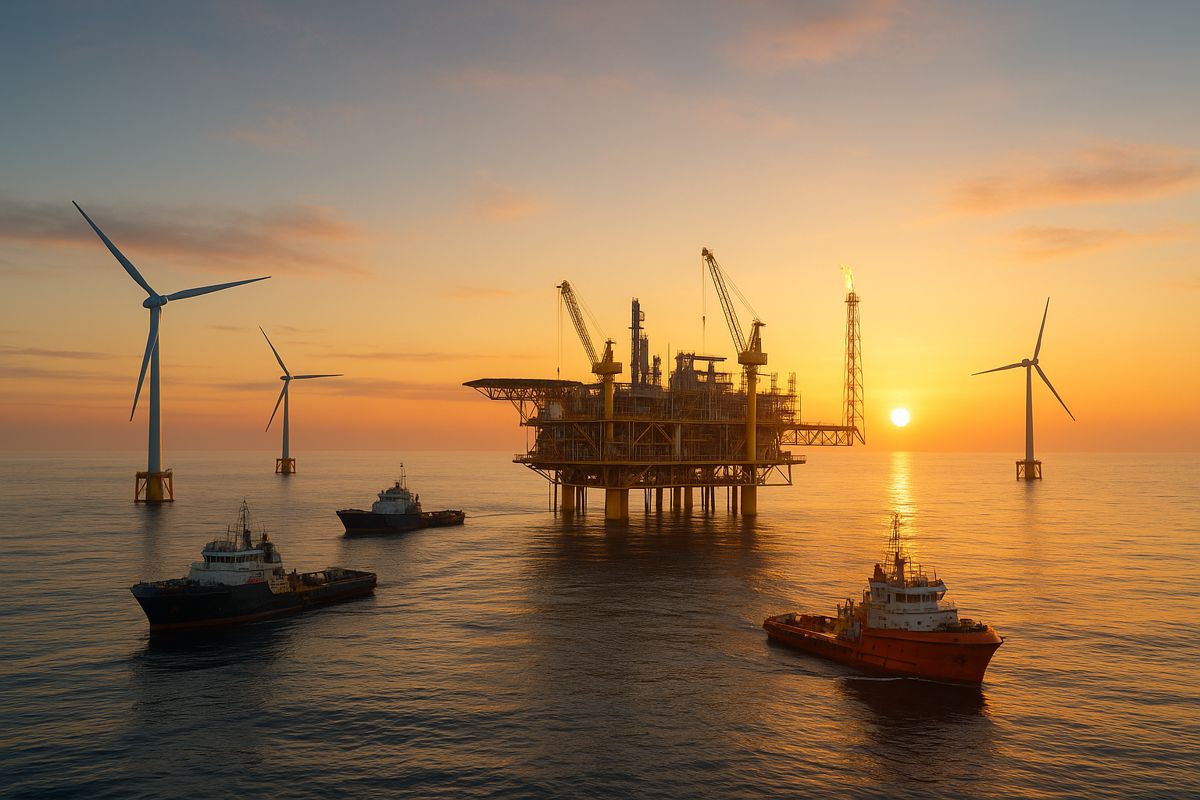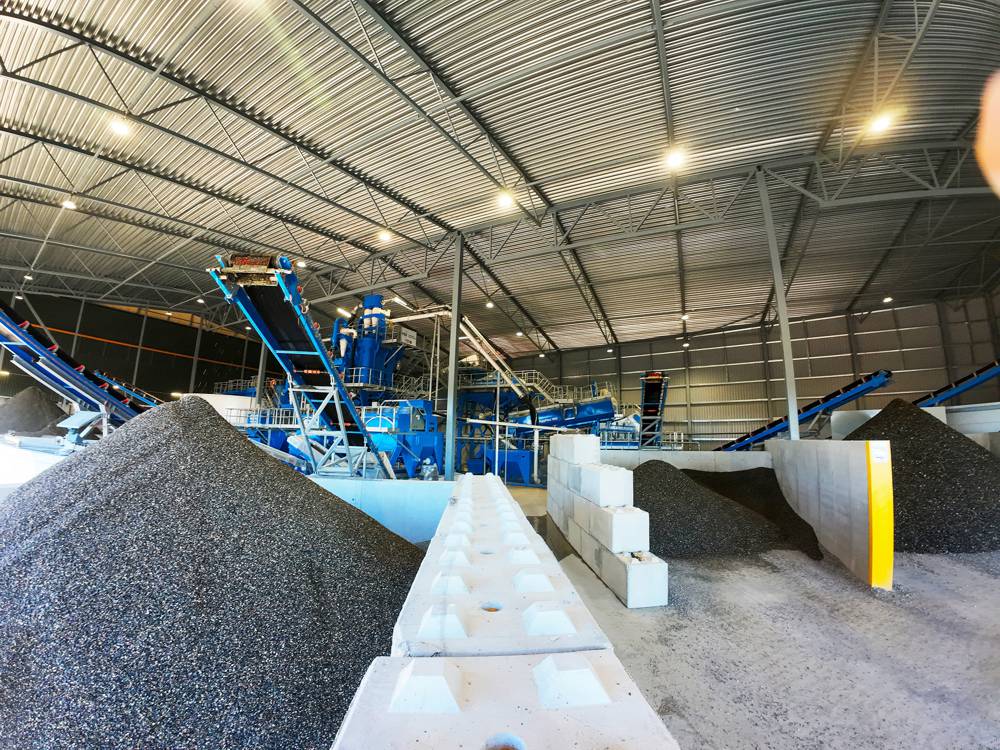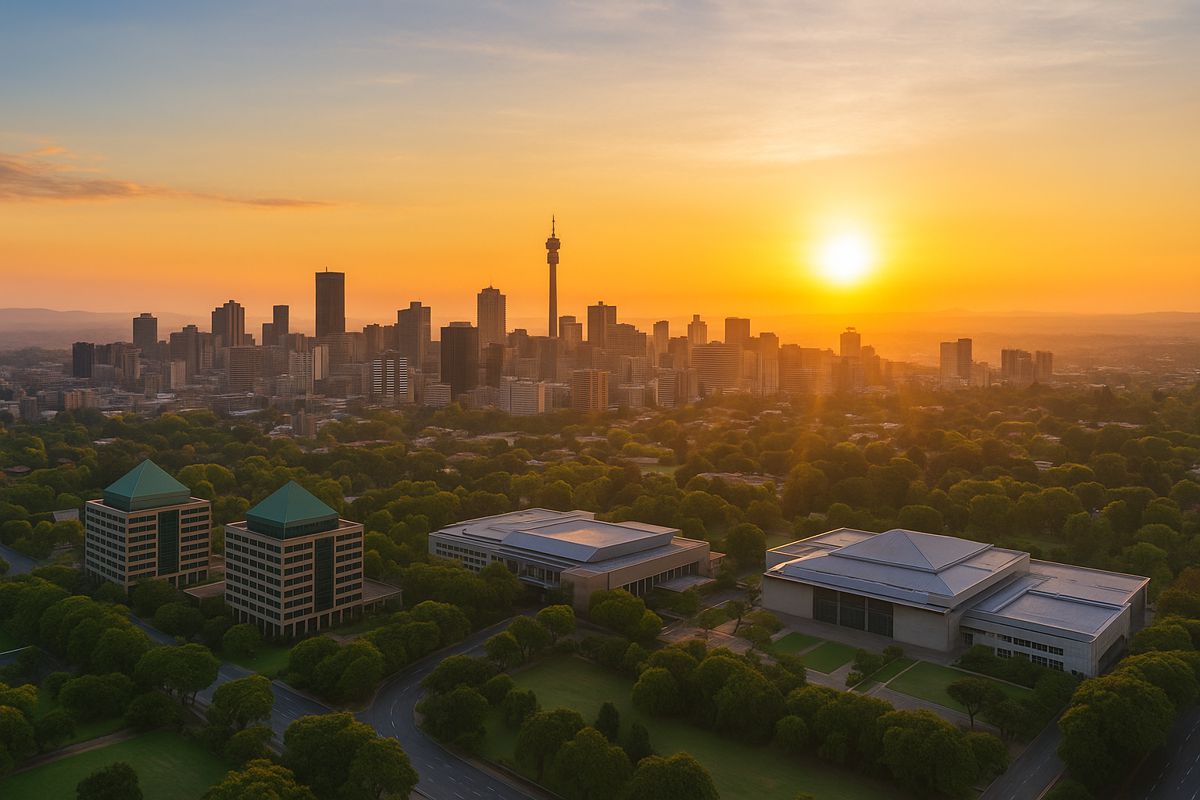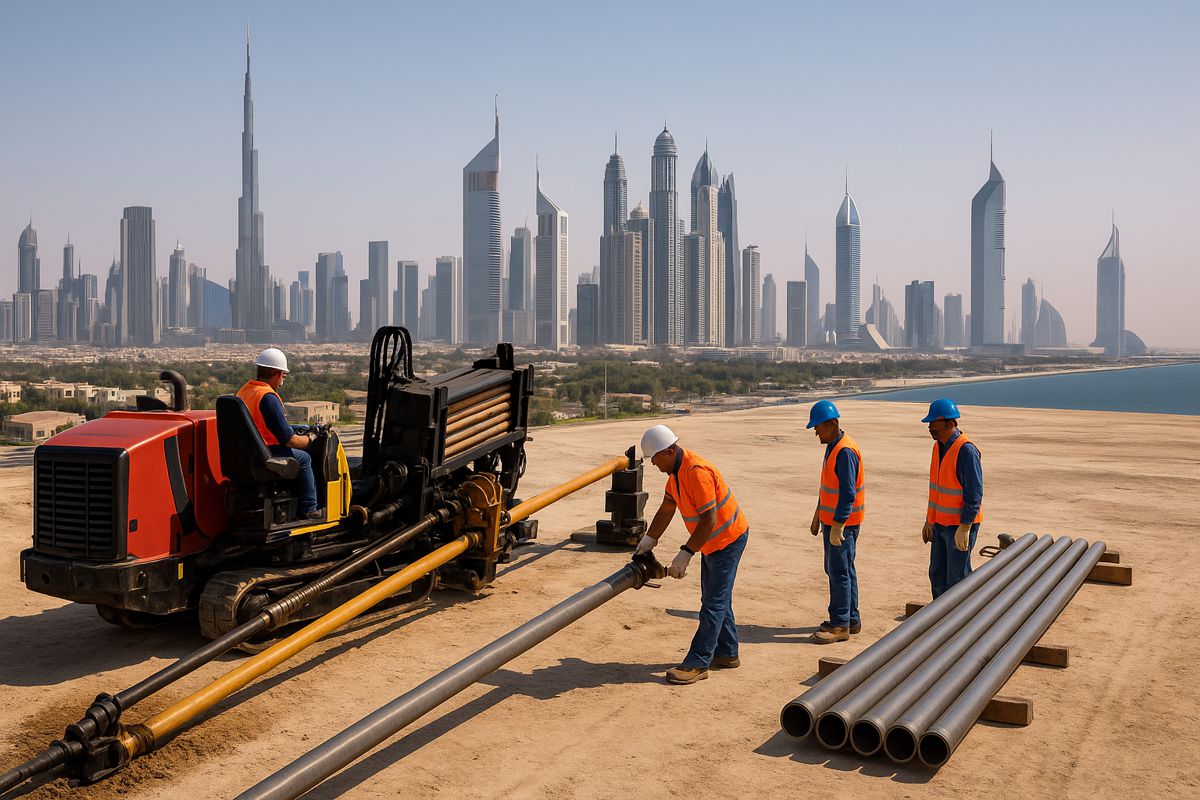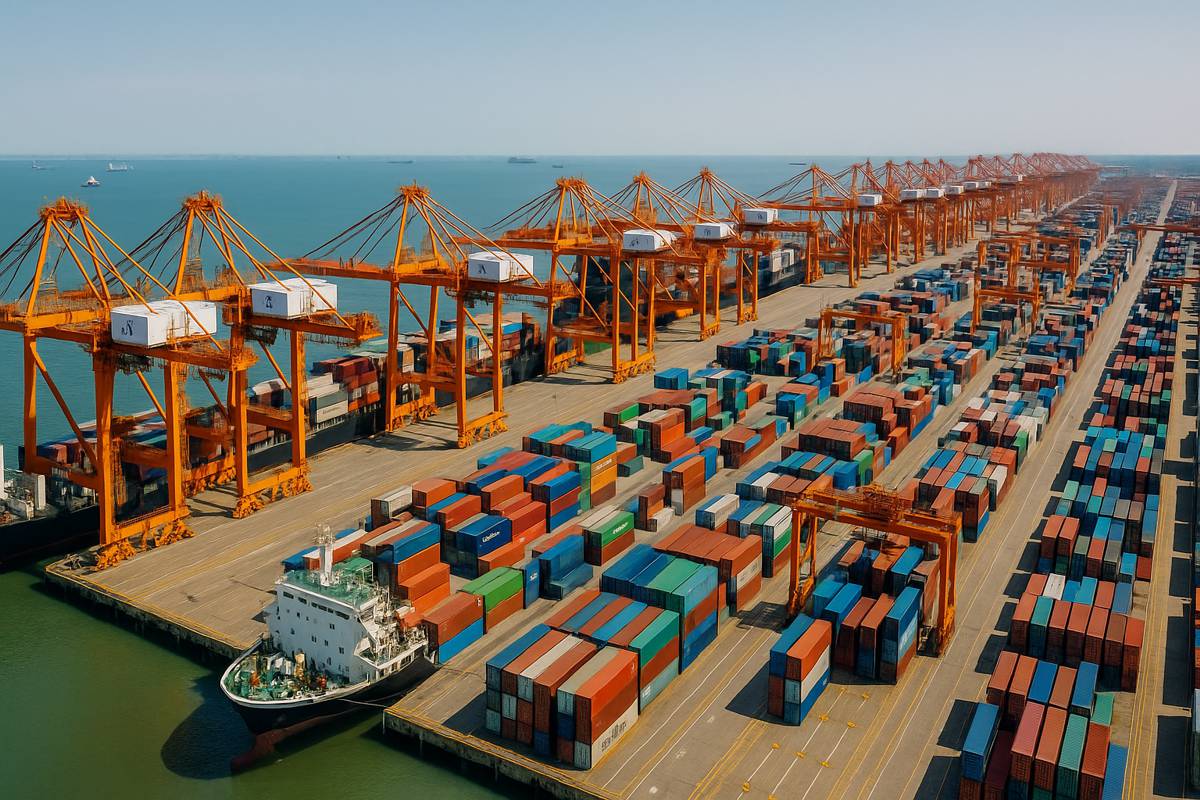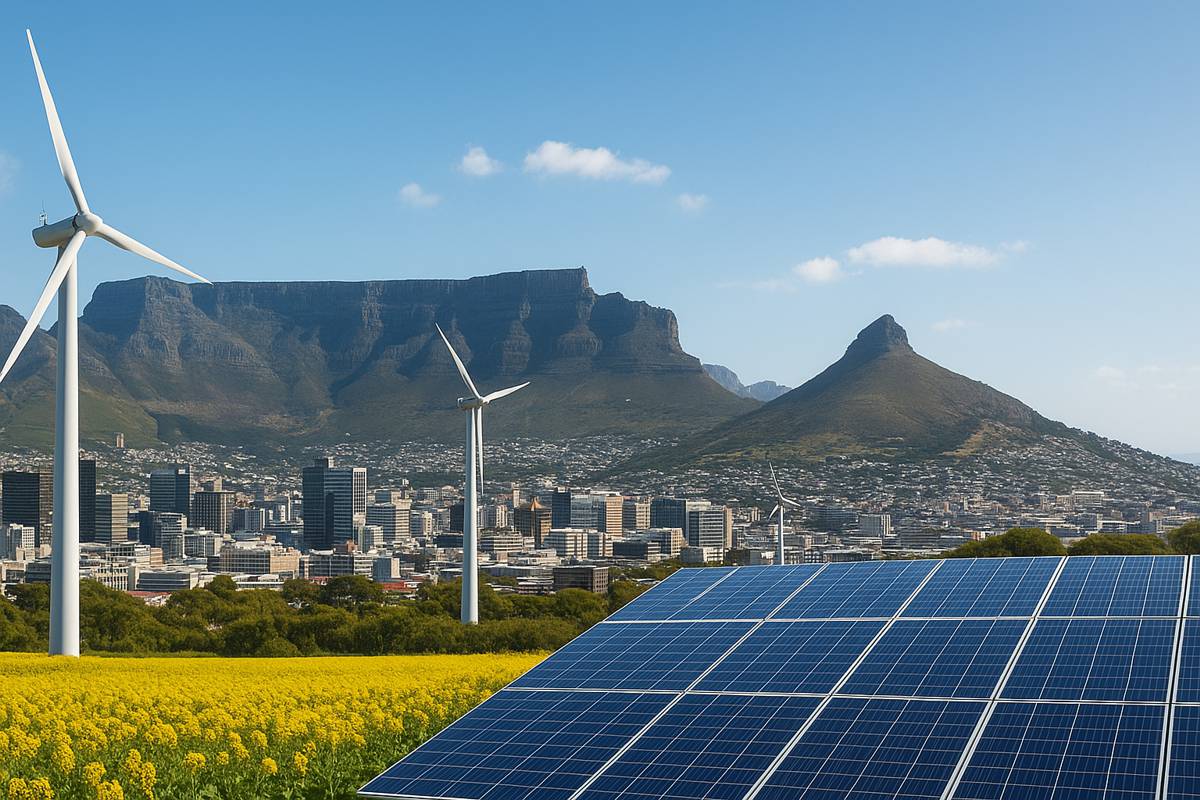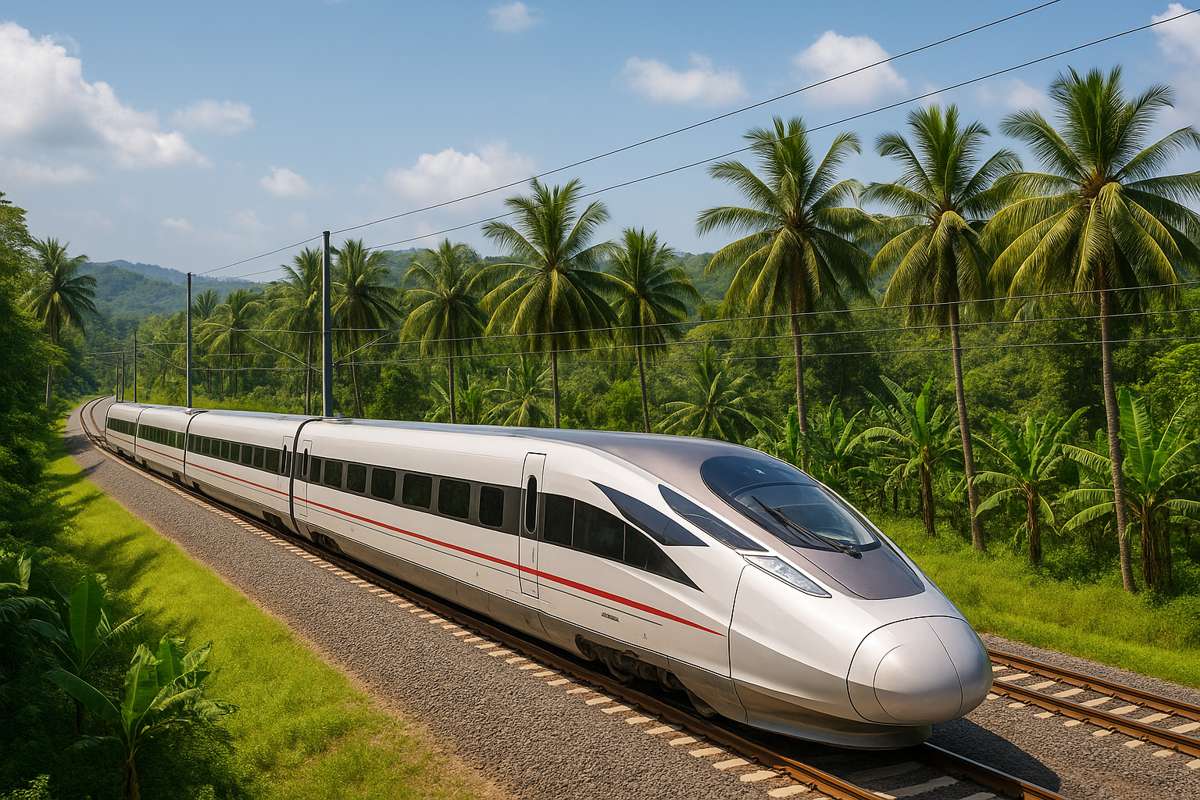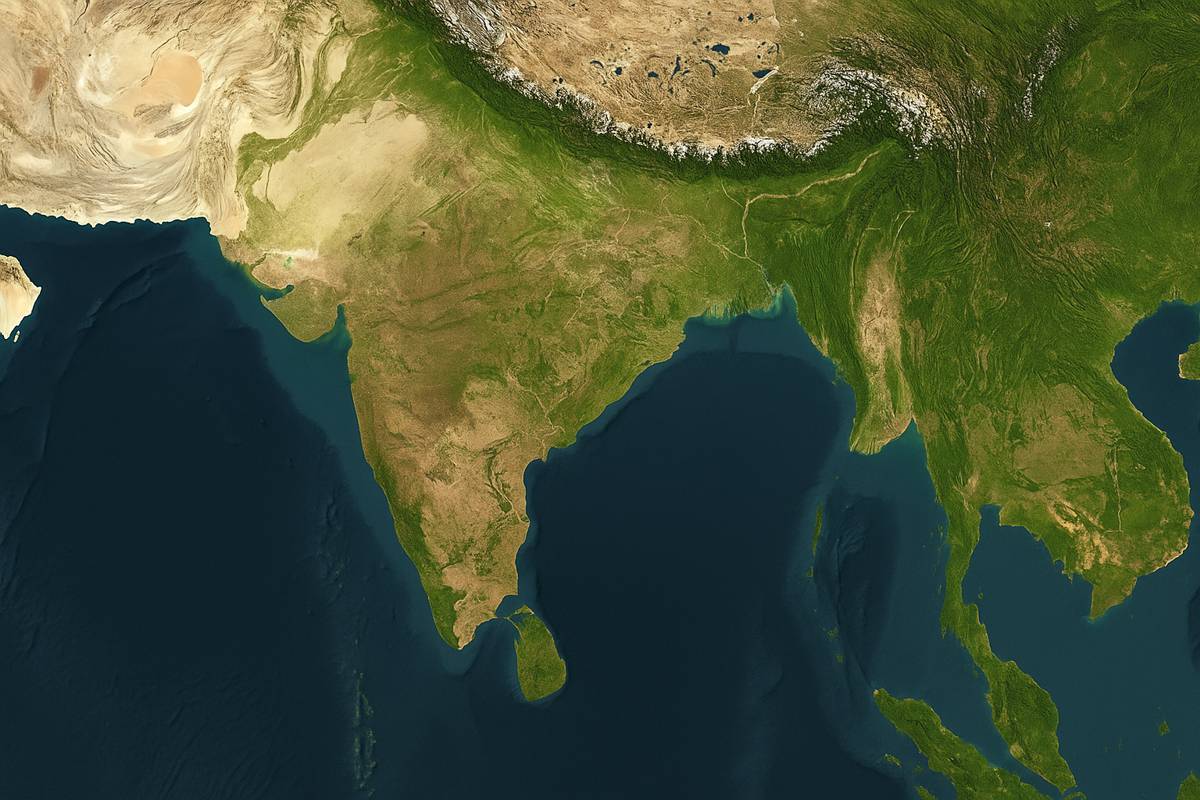OEEG Conference Anchors Shanghai as the Heart of Global Marine Innovation
The Offshore Energy & Equipment Global Conference (OEEG) has once again proven to be the beating heart of the international floating offshore engineering sector. Co-hosted by the Shanghai Association of Shipbuilding Industry, the China Offshore (Deepsea) Industry Alliance, and CDMC Events, this year’s conference was nothing short of transformative.
Running alongside the 12th FPSO & FLNG & FSRU Global Summit, the LNG Carriers Global Summit, and the 8th Offshore Wind Asia Summit 2025, the event drew an impressive 5,553 delegates and 122 exhibitors from across the globe.
Under the banner “Reconstructing the Offshore Engineering Ecosystem from a Global Perspective,” OEEG 2025 set the tone for the industry’s next decade. By serving as a bridge between China’s growing offshore engineering supply chain and the world’s major energy players, the event opened the door to a deeper, more balanced global collaboration. It was, in many ways, a meeting of minds and markets, a place where Chinese ingenuity met international opportunity.
Global Voices at the Helm
Industry leaders, policymakers, and innovators filled the halls, including Xiao Wenlin, Chairman of the Shanghai Association of Shipbuilding Industry and Deputy Party Secretary & General Manager of Jiangnan Shipyard (Group) Co., Ltd. Joining him were two of China’s most respected engineering figures, Academicians Zhou Shouwei and Lin Zhongqin of the Chinese Academy of Engineering, who shared visionary keynote reports outlining the future of marine energy and engineering equipment development.
The global reach of the conference was further underscored by international heavyweights such as Petrobras (Brazil), Eni (Italy), Timor-Leste National Oil Company, Namibia National Oil Company, Nigeria LNG, Drydocks World Dubai, SBM Offshore, and TotalEnergies. Their presence reinforced OEEG’s role as a platform for global energy dialogue and deal-making.
As one attendee aptly put it: “Global marine energy development needs an annual industry event, and Shanghai, China, is the ideal host.”
Innovation on Display
At the exhibition hall, the atmosphere buzzed with innovation. Leading names such as Jiangnan Shipyard, Hudong-Zhonghua Shipbuilding, China State Shipbuilding Corporation’s No.708 Research Institute, Emerson, and Prysmian showcased cutting-edge solutions ranging from high-end ship technology and equipment design to full lifecycle project support and integrated mechanical components.
Visitors were treated to a glimpse of the future, autonomous ship design systems, next-generation floating LNG facilities, and digital twin technologies that promise to revolutionise offshore asset management. Exhibitors demonstrated not just the technical prowess of China’s shipbuilding industry but its capacity to compete at a global level.
Strengthening Global Procurement Partnerships
A cornerstone of this year’s conference was the “procurement matchmaking” sessions, designed to turn talk into tangible cooperation. Over 600 one-on-one meetings took place from 15–17 October, connecting more than 30 overseas enterprises with 30 domestic suppliers. The discussions focused on the twin goals of “going global” and “bringing in,” a strategy that helps China’s offshore supply chain expand internationally while attracting overseas partners to invest and collaborate domestically.
Dedicated overseas sessions targeted key emerging markets, including Nigeria, Namibia, Brazil, and Malaysia. Representatives from each nation unveiled procurement needs, giving Chinese manufacturers and solution providers a chance to align their offerings with real-world project demands. The results were concrete, contracts discussed, partnerships initiated, and technology transfer opportunities explored.
Building the Future of Offshore Engineering
China’s offshore engineering supply chain has rapidly become one of the world’s strongest pillars in marine development. With the nation’s maritime power strategy and initiatives such as the Belt and Road driving growth, events like OEEG serve as catalysts for international expansion. Regions including West Africa, Southeast Asia, and the Middle East are increasingly turning to China for expertise in cost-efficient production, modular fabrication, and advanced project execution.
Industry leaders attending OEEG stressed a crucial message: innovation and collaboration must replace price competition. They warned that undercutting prices to win contracts is a short-term tactic that risks long-term industry sustainability. Instead, they called for investment in R&D, participation in global industry exchanges, and greater visibility at international conferences to build trust and demonstrate technical strength.
One executive noted: “Pure price competition is unsustainable. It’s through innovation, collaboration, and trust that the offshore engineering industry will thrive.”
Shanghai’s Role as a Global Hub
The choice of Shanghai as the host city is no accident. With nearly two-thirds of China’s offshore engineering resources concentrated in the Yangtze River Delta and Bohai Rim regions, the city is strategically positioned as a global maritime and technology hub. Its infrastructure, talent base, and access to world-class shipyards give it a unique advantage.
The success of OEEG further solidifies Shanghai’s reputation as a centre of excellence for international offshore cooperation. By aligning China’s engineering capacity with global sustainability goals, the city is helping redefine what’s possible in offshore energy development.
Empowering the Next Wave of Global Collaboration
Beyond business deals, the OEEG conference represented something larger, the creation of an ecosystem. By fostering open dialogue between producers, operators, and regulators, it’s helping shape a more resilient and technologically advanced offshore energy industry. With clean energy transitions accelerating worldwide, offshore wind, floating LNG, and hybrid power systems are becoming essential to future energy stability.
In particular, the inclusion of the Offshore Wind Asia Summit reflected the growing importance of renewables in the marine economy. As the industry shifts toward decarbonisation, the integration of digital systems, autonomous operations, and sustainable design principles will define the next generation of offshore platforms.
Charting the Course Ahead
The momentum built at OEEG 2025 sets the stage for even greater international collaboration in the years to come. Organisers plan to enhance future editions by focusing on global market demands, enriching cooperation formats, and expanding participation across new regions. Their goal is clear: to make OEEG the world’s premier annual event for offshore energy and engineering.
With each successful edition, the conference cements its reputation as a global nexus for innovation, technology exchange, and sustainable marine development. As the world transitions to cleaner and smarter energy systems, events like OEEG will continue to drive the dialogue, and the deals, that define the future of offshore engineering.
Anchoring a Sustainable Future
The 2025 Offshore Energy & Equipment Global Conference didn’t just conclude, it charted a new course. By uniting stakeholders under a shared vision of technological progress and environmental responsibility, it proved that cooperation, not competition, is the true engine of industry growth.
As the offshore sector braces for an era of smart energy and digital transformation, Shanghai stands ready to lead the charge. The OEEG isn’t just an event, it’s becoming a cornerstone in the global marine energy calendar, shaping a cleaner, more connected, and more sustainable future.
